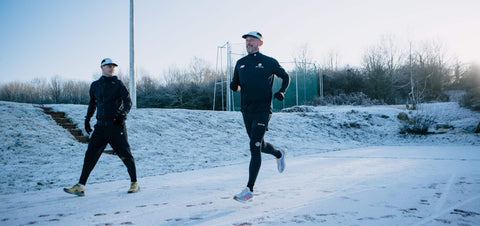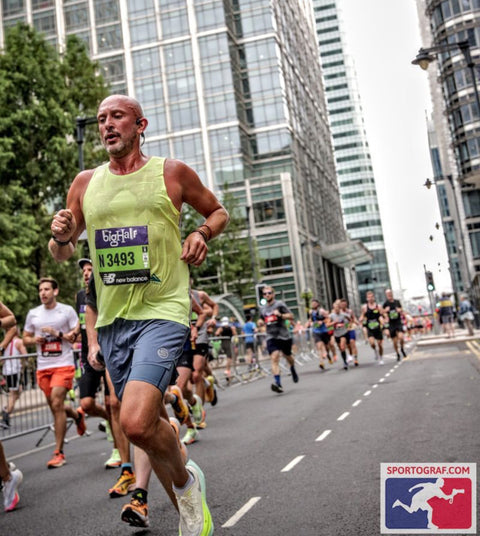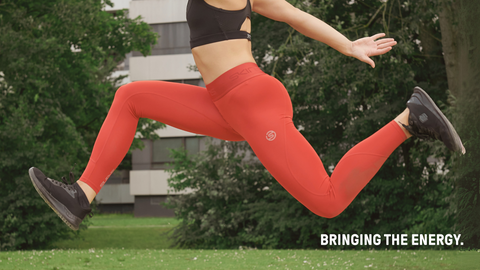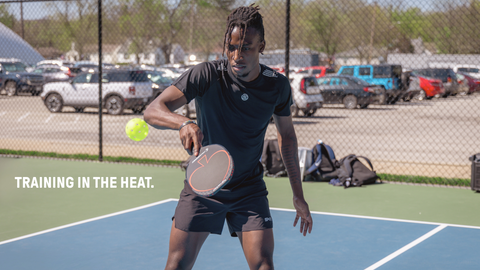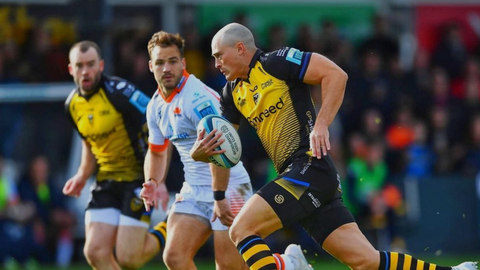From the Pre-Marathon to the Marathon Build.

In our last journal, we discussed the challenges of running the two marathons in three weeks, and we outlined where Simon's current training was and how we will progress into the Marathon block. Since our last update, Simon ran a brilliant personal best over the Half-Marathon (more to come from Simon on this) and successfully navigated the pre-marathon block and Christmas phase of training.
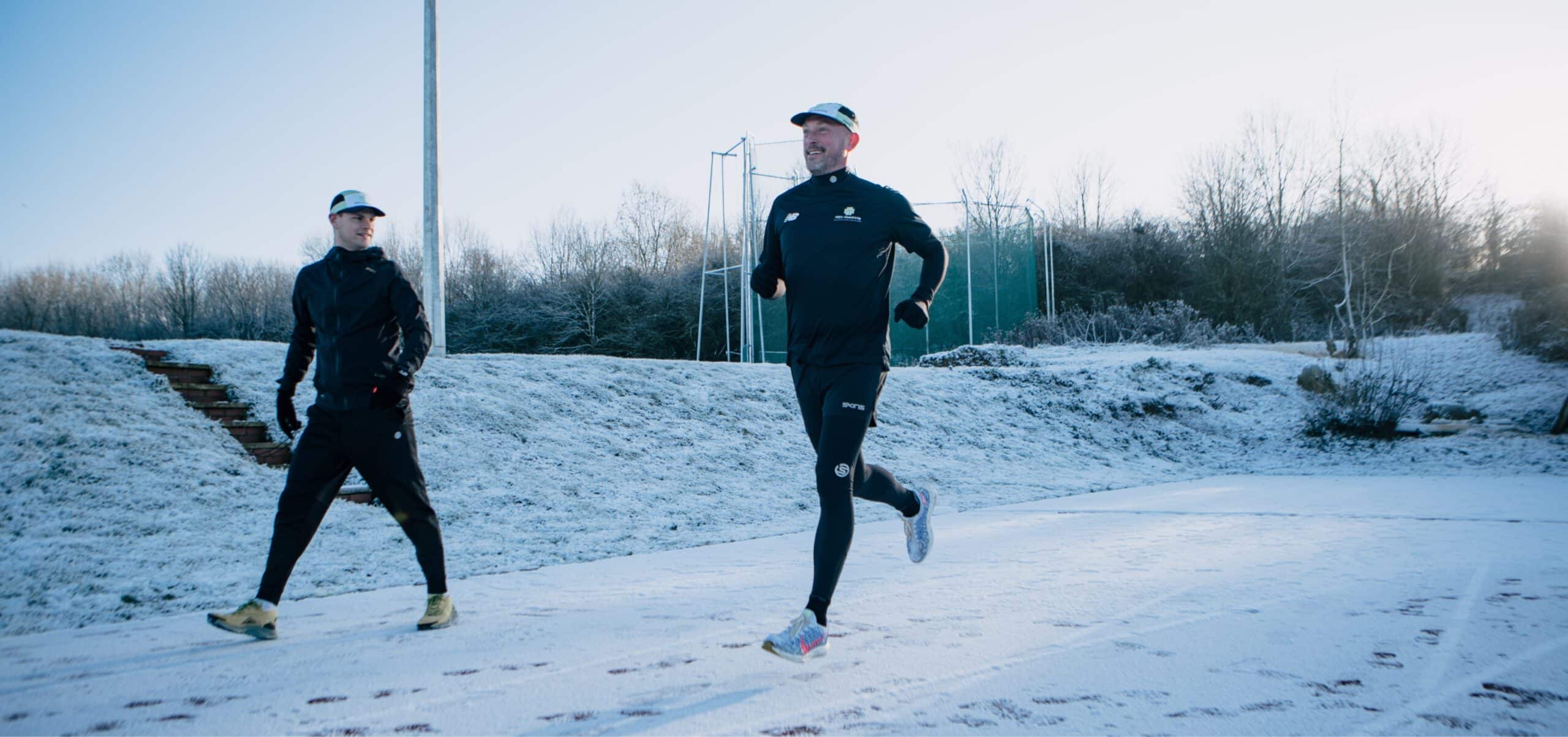
GOAL SETTING
When it comes to goal setting, I am constantly pushing my athletes to dream big. The limits on our performance, both in terms of running and life, are those that we impose on ourselves. As the coach, I think it is my job to map the pathway between where the athlete is currently at and where their goal needs them to be. We do this with lots of small logical objectives that allow us to refine our process and build forward. Progression is one of the biggest motivators for us as athletes! So how do we progress from the current position Simon is in?
Using the TrainingPeaks Data platform, we can see that Simon is in the best shape he has ever been in. This ties in with the results he has been achieving over the previous few months and with his current training volume. This presents us with an interesting challenge. We are currently sat 12 weeks out from the Paris Marathon, and at the fittest we have ever been. So how do we maintain Simon's fitness and progress fitness?
MAINTAINING FITNESS
The first thing we do is change the stimulus elements in the training week. We have gone from having a single session a week followed by easy aerobic development runs to adding 'steady state' sections to the long run. For the theory nuts amongst us, 'steady state' with my plans is LT1 king of effort, roughly 6-6.5/10 rate of perceived exertion. Changing this element in the long runs results in the body having new stimuli to respond to. Changing the stimulus gives us further adaptation and structural change within the physiological system. Thus, we should continue to see improvements in Simon's fitness.
STEADY STATE WORK
I am a big believer in doing steady state work as part of the long run sessions in a marathon block. This is because we can easily replicate the conditions the body will be under during the Marathon itself. The hardest part of Marathons is not sustaining the Marathon pace. It's maintaining it, having already been running for 2,3,4 hours before you get to the last 6 miles. We can make the legs feel tired and heavy by doing a long warm-up. Picking the pace up to run the Marathon effort is tricky and replicates the feeling of being in the race's later stages. Within the PGC1 programmes, the long run is designed to simulate the last 2-2.5 hours of the Marathon. We do this throughout the training week, building fatigue through intervals, sessions and runs. Therefore, when our athletes start the long run, their legs are not at 0 miles; they are more like 6-10 miles worth of fatigue in the legs. This then helps our athletes with the fatigue side of things and the mental side of Marathons.
Image: @RyanJamieJohnson
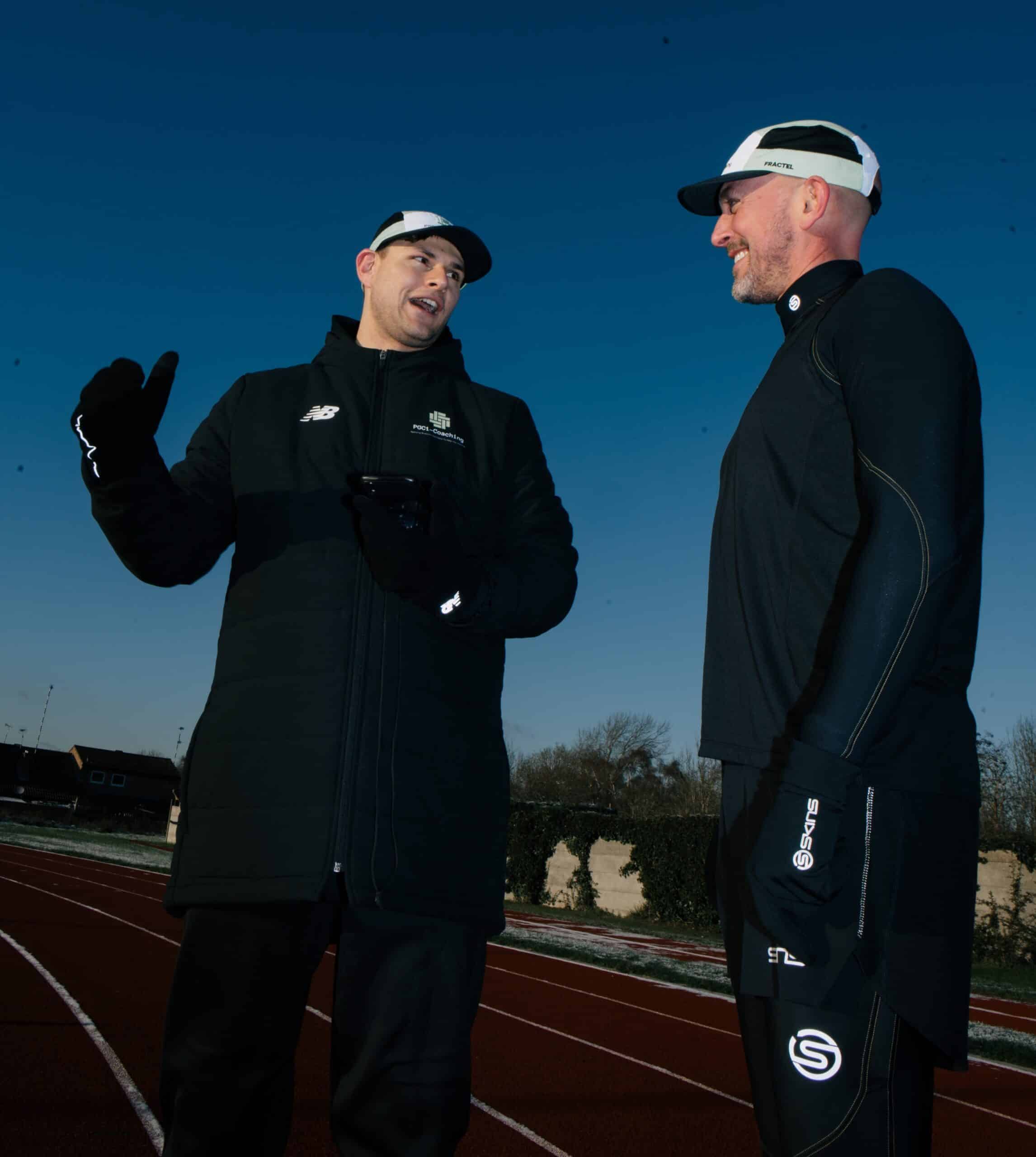
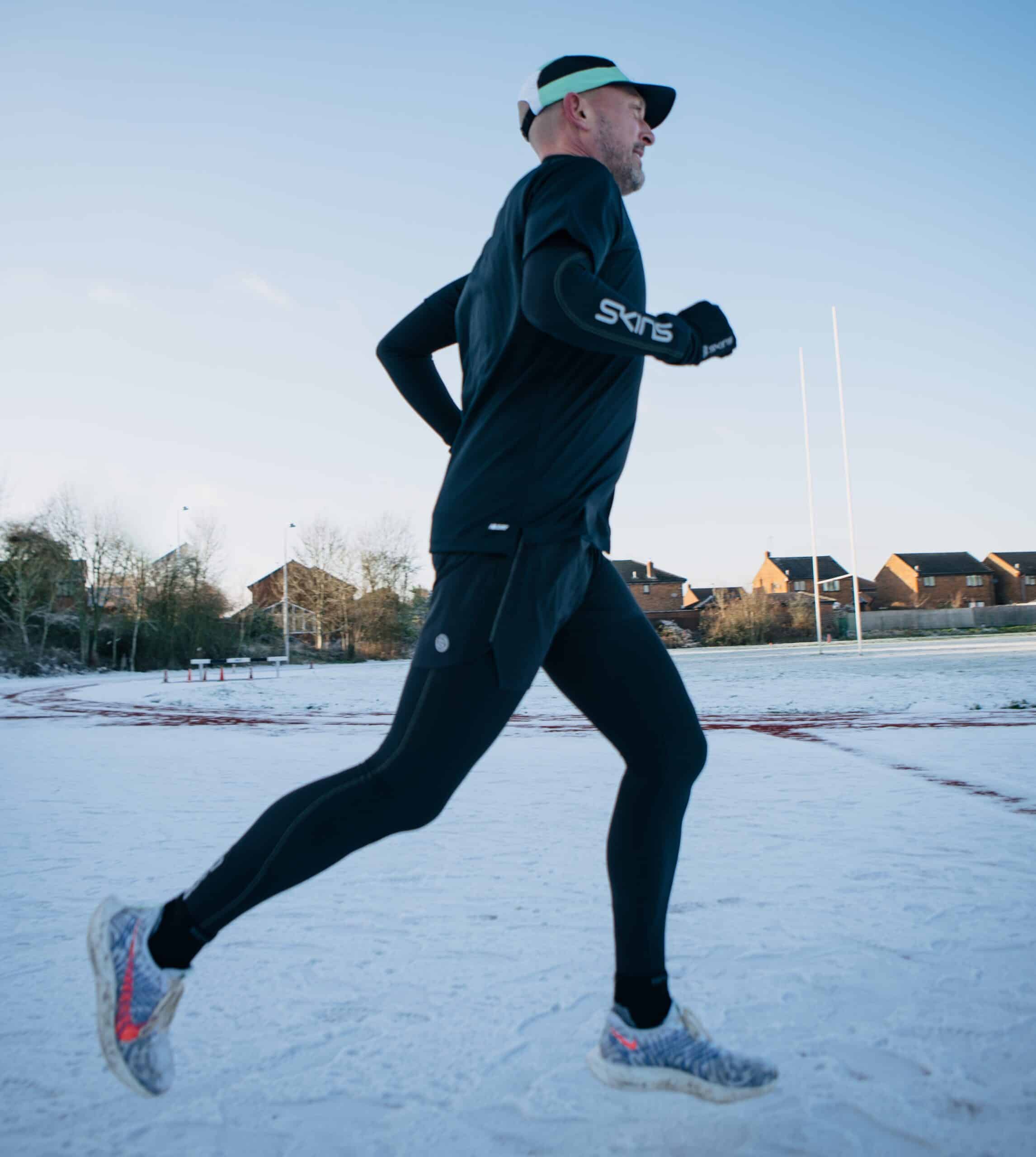
WHERE MARATHON RUNNERS GO WRONG
Where I see a lot of Marathon runners go wrong is they run too far on their long runs. The fatigue they build through the week of training leading up to the Marathon means they start their long runs with a good amount of mileage already in their legs. Then they will try to run 18-22 miles. In fatigue terms, this is taking them up to nearly 30+ miles. The knock-on effect is that they cannot run with sufficient quality in the week, which adversely impacts their intervals, further easy runs, and long runs. Ultimately this can adversely affect the overall outcome of the Marathon as the athlete can be recovering from a Marathon when on the start line for a Marathon!
My final point in the paragraph there also leads to a further predicament as Simon will be recovering from the Paris Marathon when he starts in London! This is something we will address in further journals!
PRE-BLOCK TO BLOCK
Navigating the process of going from the pre-block to the block can also be really difficult. When looking at a 15-week marathon block, I like to split it into three distinct sections. The first six weeks of the 15-week Marathon cycle for our plans focus on building the foundations that we will then push on from in the following six weeks before a 3-week taper phase. In the first six weeks, we are not chasing fitness. We are simply building up the time on our feet, staying consistent and not trying to chase fitness! My biggest tip in this block section is not to worry about data. Simply keep showing up and keep working at running on tired legs. Chasing fitness can lead to you overdoing things. Subsequently, this can result in losing time later on in the block with illness, injury or a loss in motivation! The critical thing to remember on the fitness journey is that, and pun fully intended here, this is a marathon and not a sprint!
SIMON'S TRAINING
Specifically, in terms of Simon's training, the aims over the next few weeks are fairly simple. In this phase, we are laying the foundations for the Marathons. Lots of aerobic stimulation and careful management of loading around a busy work schedule. Introducing running at a steady state during long runs and finally maintaining sufficient quality in the intervals sessions. The plan in terms of volume is to steadily work towards hitting 6hrs a week and push the miles above 40 per week or 64km per week. This is a really exciting training phase, and I look forward to seeing how Simon will get on in the coming weeks.
AN UPDATE FROM SIMON
I ended the year on a real high at the Milton Keynes Winter Half. Conditions were challenging, with a full ground frost and the temperature sitting at -3c for the duration of the race. Going into the race, I felt strong, and once I crossed the start line, I knew I had a good time in me. Throughout the race, I kept Josh's direction in mind – 'Split the race into three parts – go out strong in the first third without affecting the next two. Increase the work rate in the second and empty the tank in the final third.' Each time I went to up the pace, I found it, and my confidence kept growing. Like a mantra, I kept repeating Josh's key tagline, 'Back Yourself', over and over. I finished with a PB of 1h 35m, taking 3m off my previous one.
As we continue to move through the pre-Marathon block and the weekly distances increase, I can already feel a definite shift in my fitness and endurance. The training isn't focused on speed but endurance, and this has been something I have struggled with as the natural inclination for me is to focus on getting faster and faster - reigning in speed is at odds with what feels natural. However, I know better than to question the Coach. I do as I'm told (mostly) and am definitely reaping the rewards by doing so!
For the London Marathon, I’ll be running for Ability Bow. Working with exceptional athletes, at all levels, on a daily basis through the SKINS brand really focuses the importance of the work that Ability Bow does. As the legend Bill Bowerman said, ‘If you have a body, you are an athlete!’ By providing access to resources and exercise programs to people of all abilities, Ability Bow really is changing people’s lives in a positive way. I’m really happy that I can support such an important local charity on my first Marathon on home soil. If you’d like to donate to this incredible cause, you can do so here.
